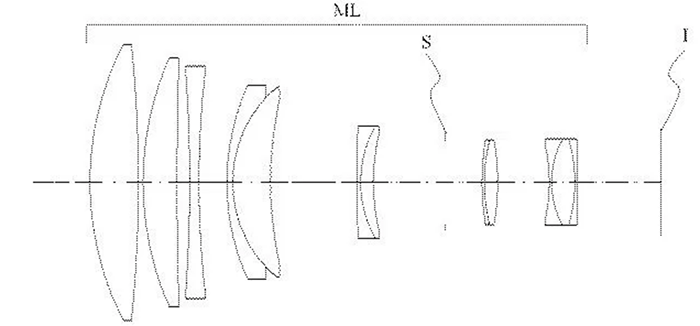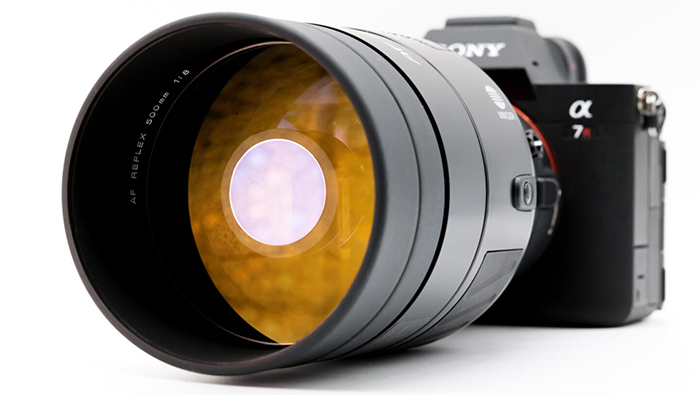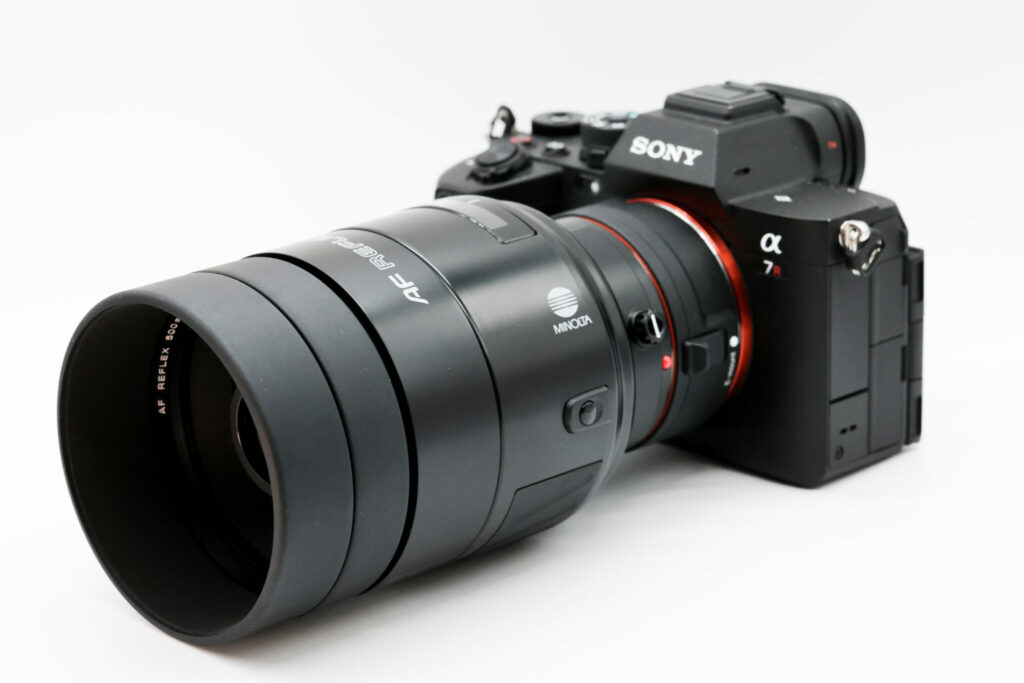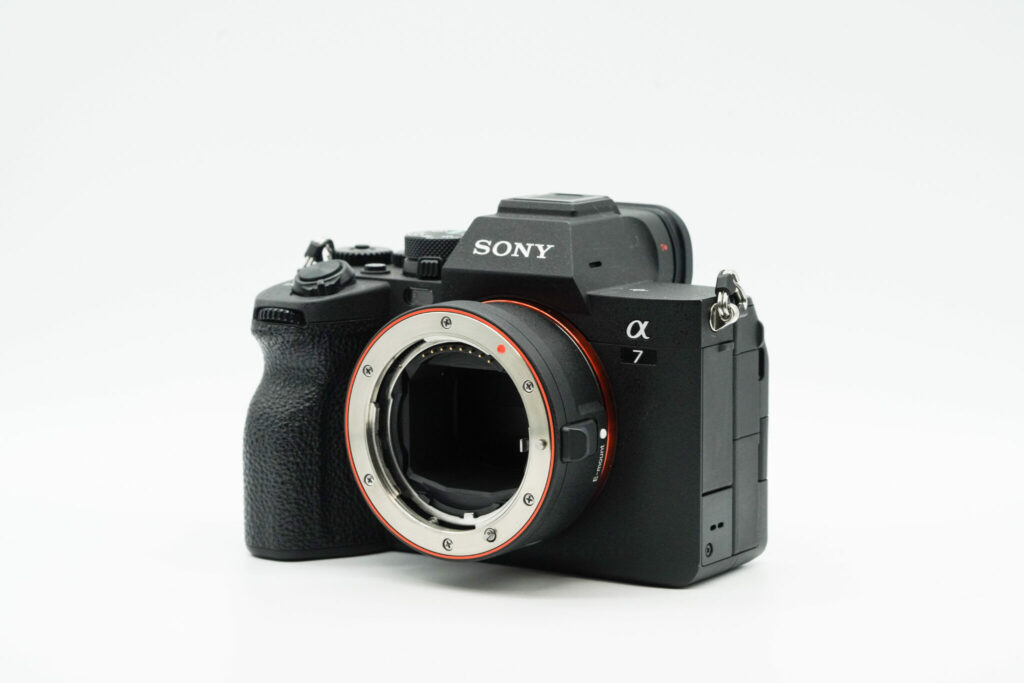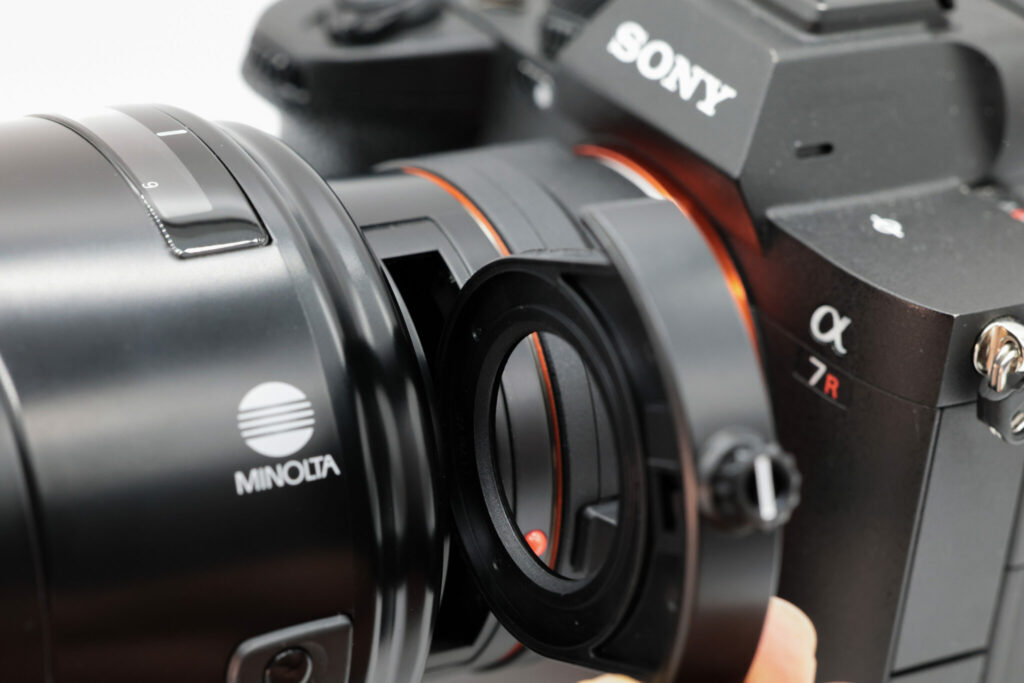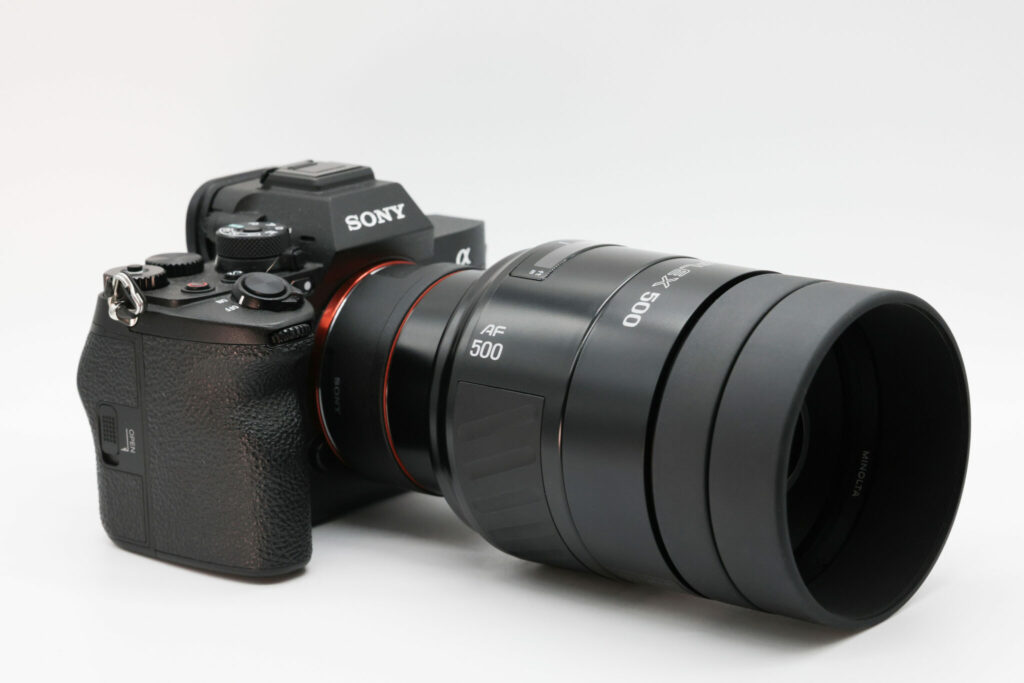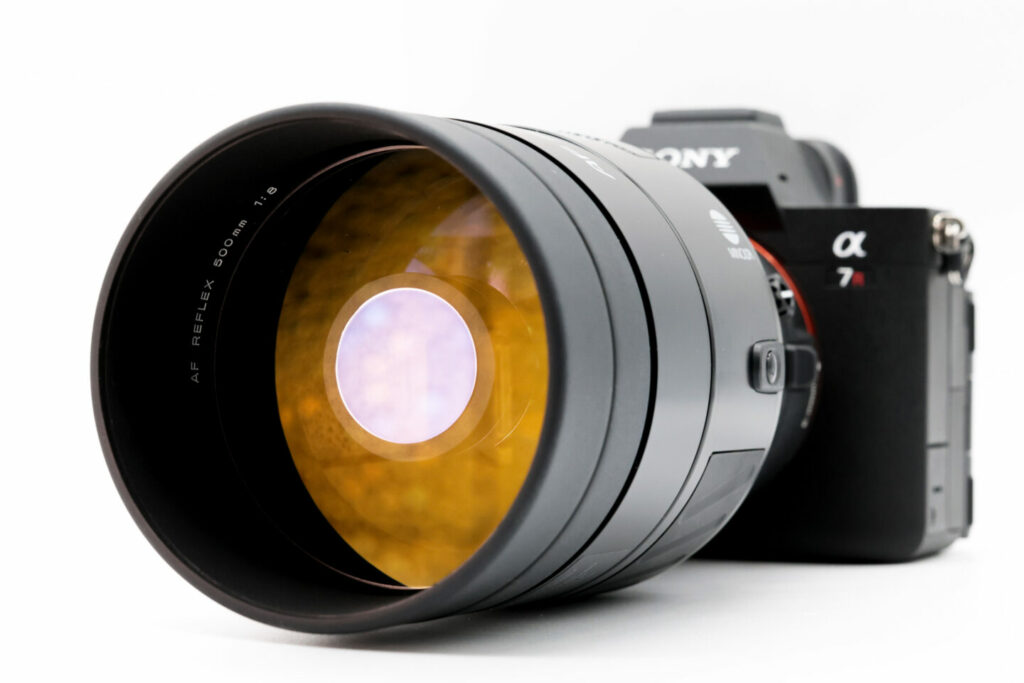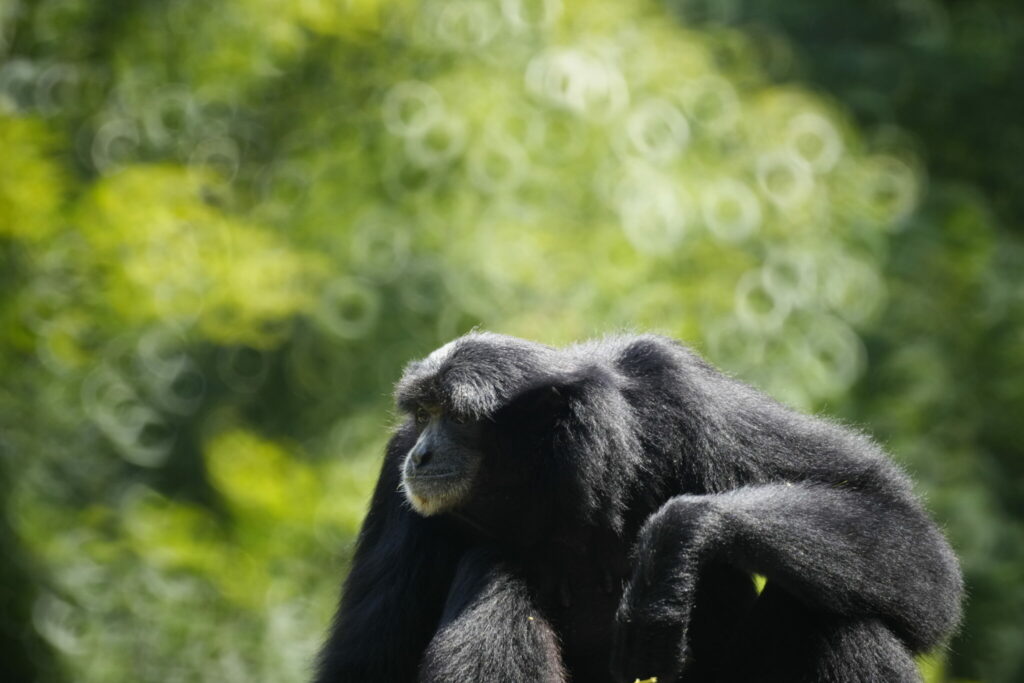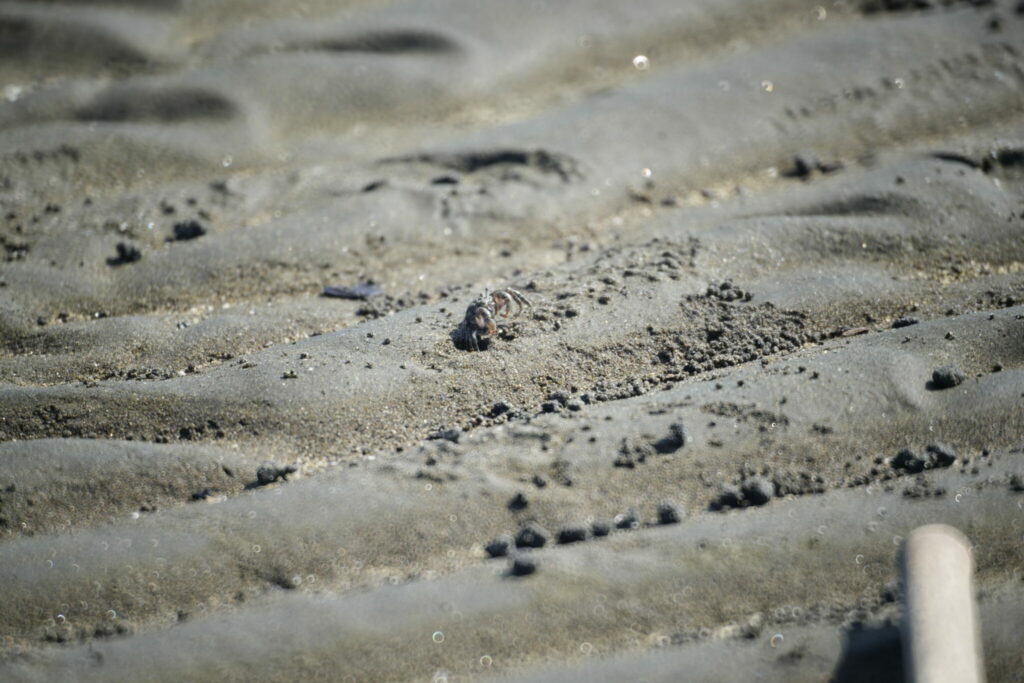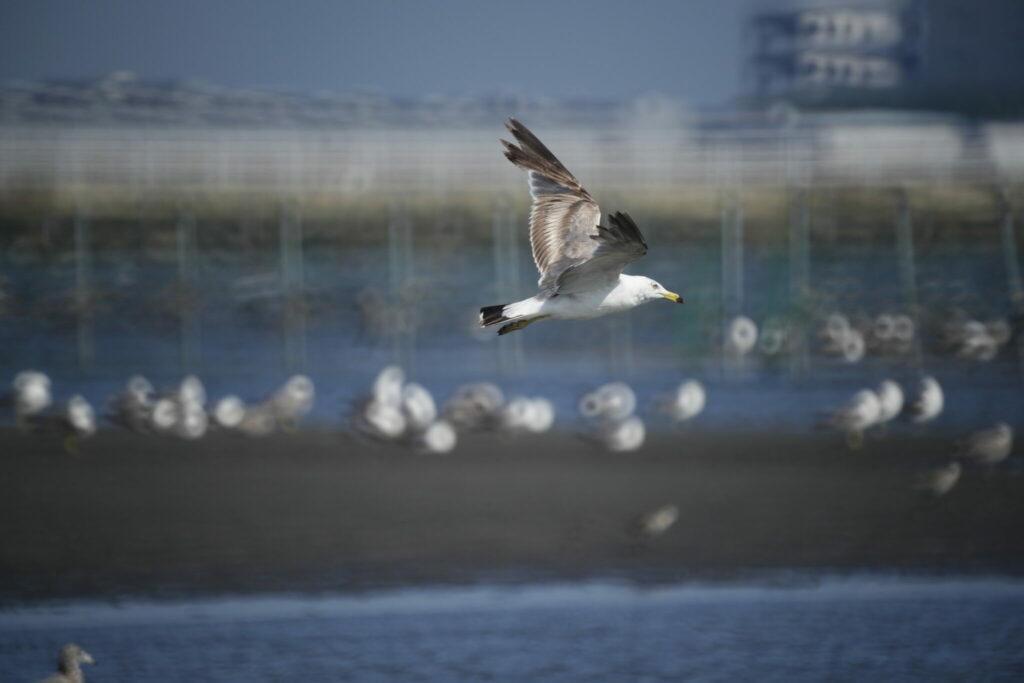Review of the old Minolta AF 500mm F8 REFLEX on the Sony A7rV
If you do not have $2,999 to spend on the new Sigma 500mm FE and are looking for a cheap alternative that still has autofocus (with limitations) than you should consider to buy the old Minolta AF 500mm F8 REFLEX A-mount lens. You get this lens for under $200 on eBay (Click here).
Kitamura reviewed the performance of this lens on the Sony A7rV using the Sony LA-EA5 autofocus adapter.
Here are some images of the lens that also has a nice drop in filter option:
The unfortunate thing with the AF is that you can only use the center focus point. You can solve this problem by using focus lock:
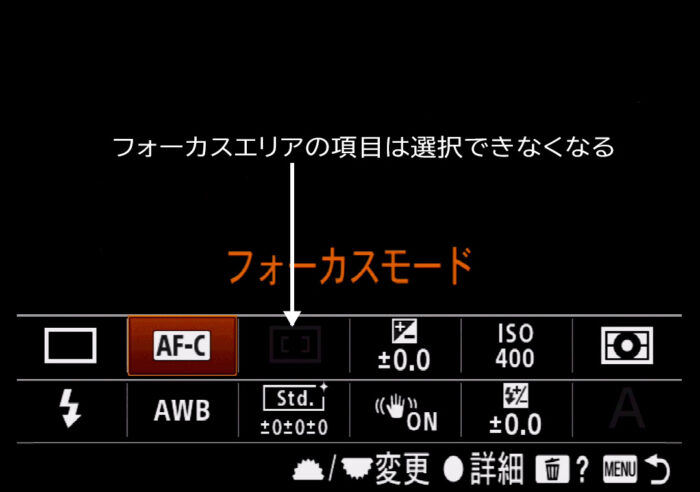
Although the autofocus speed of the ‘MINOLTA AF 500mm F8 REFLEX’ does not match that of modern lenses, it is able to make full use of the autofocus within a practical range, so it is sufficient for subjects that move regularly. can.
When it comes to evaluating image quality, Kitamura writes about a curious effect that can appear in some photos:
However, because the centre of the lens is partially blocked by the secondary mirror, ‘ring blurring’ occurs, in which the image of a very bright point appears blurred in the shape of a ring. In the photo below you can see a lot of ‘ring blurring’, and the representation of the blue light at the top of the photo shows the ‘ring blurring’ very well. Normally, the entire green light is represented as a blur, but due to the ‘ring blur’ that occurs with the mirror lens, the green centre of the signal is absent. When using the MINOLTA AF 500 mm F8 REFLEX, attention must be paid to the appearance of blur in the foreground and background.
Here is the image in which the green ring is visible:
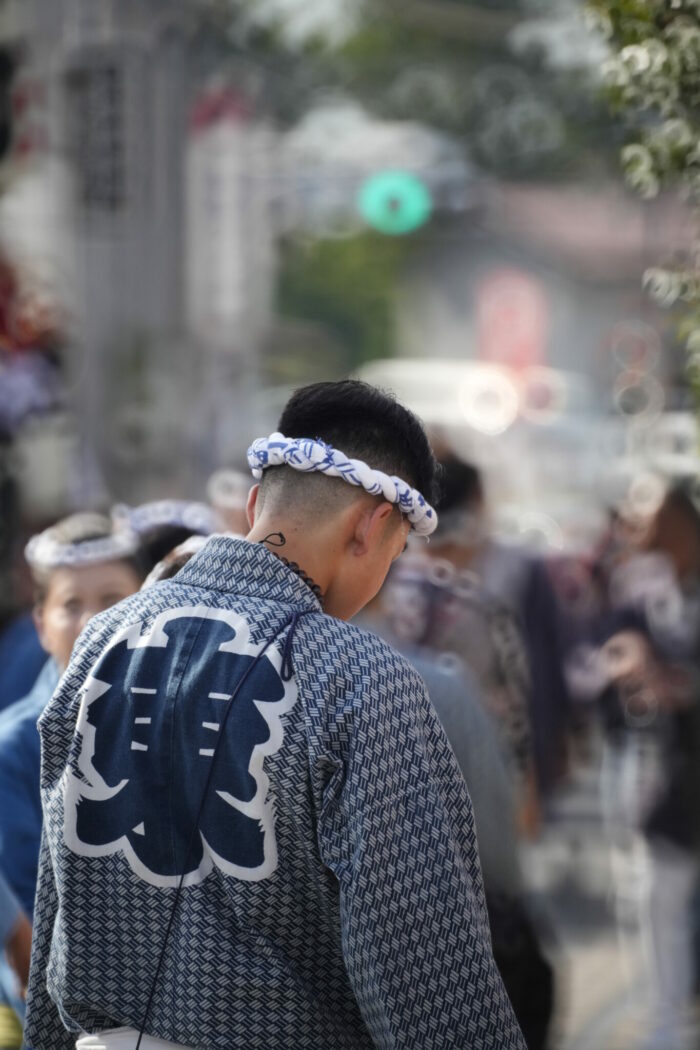
But there are quite some positives to report. First of all the lens weight is 753g (half of the Sigma). You won’t get tired even if you hold it for a long time.
The overall resolution is perfect and practical, but the disadvantage is that there are scenes where the “ring bokeh” that inevitably occurs due to the structure of the mirror lens is noisy. “Ring bokeh” does not occur in all scenes, but it can occur in situations where the background or foreground is significantly blurred and there are points with high brightness.
“Ring blur” does not occur when shooting in a situation where the background is falling, such as the photo of the flamingo below.
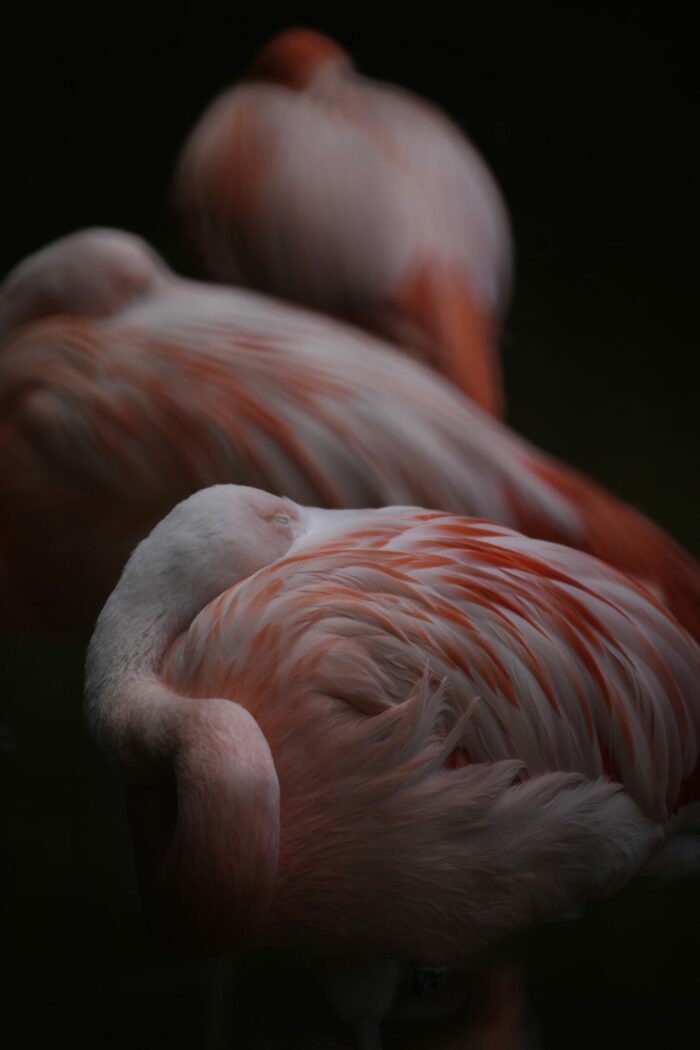
Overall the image quality of this lens is quite good! Also the ring bokeh can create some nice different look that you will not get on modern lenses. Here are few more image samples from Kitamura:
Source: Kitamura

